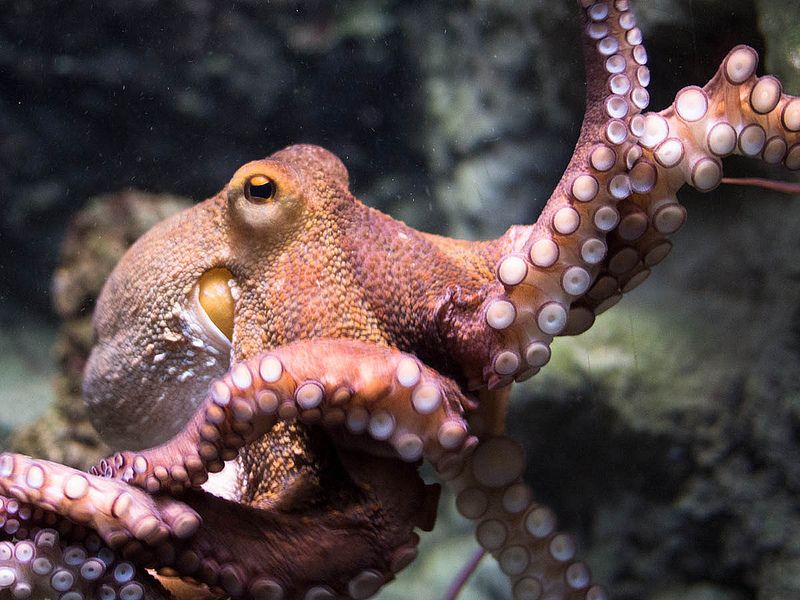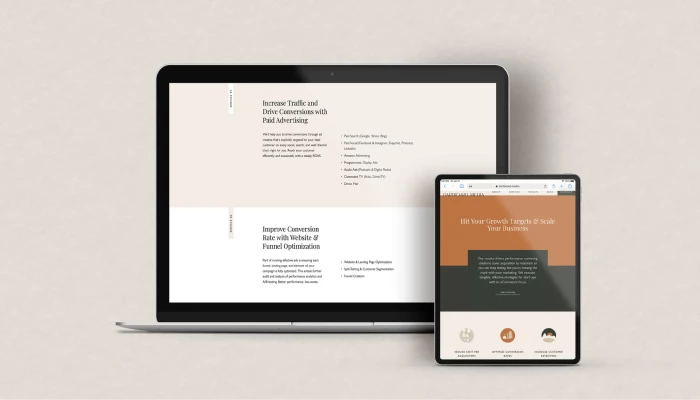Hello!
If you aren’t yet worried about the multitude of ways you inadvertently inflict suffering onto other living creatures, you will be after reading The Edge of Sentience by Jonathan Birch. And for good reason. Birch, a Professor of Philosophy at the London College of Economics and Political Science, was one of a team of experts chosen by the UK government to establish the Animal Welfare Act (or Sentience Act) in 2022—a law that protects animals whose sentience status is unclear.
 According to Birch, even insects may possess sentience, which he defines as the capacity to have valenced experiences, or experiences that feel good or bad. At the very least, Birch explains, insects (as well as all vertebrates and a selection of invertebrates) are sentience candidates: animals that may be conscious and, until proven otherwise, should be regarded as such.
According to Birch, even insects may possess sentience, which he defines as the capacity to have valenced experiences, or experiences that feel good or bad. At the very least, Birch explains, insects (as well as all vertebrates and a selection of invertebrates) are sentience candidates: animals that may be conscious and, until proven otherwise, should be regarded as such.
Although it might be a stretch to wrap our mammalian minds around insect sentience, it is not difficult to imagine that fellow vertebrates have the capacity to experience life, nor does it come as a surprise that even some invertebrates, such as octopuses and other cephalopod mollusks (squid, cuttlefish, and nautilus) qualify for sentience candidature.
In fact, one species of octopus, Octopus vulgaris, has been protected by the UK’s Animal Scientific Procedures Act (ASPA) since 1986, which illustrates how long we have been aware of the possibility that invertebrates might be capable of experiencing valenced states of awareness, such as contentment, fear, pleasure, and pain.
 Non-human animals, of course, are not the only beings with an ambiguous sentience stature that poses complicated questions. Birch discusses people with disorders of consciousness, embryos and fetuses, neural organoids (brain tissue grown in a dish), and even “AI technologies that reproduce brain functions and/or mimic human behavior,” all of which share the unenviable position of being perched on the edge of sentience—a place where it is excruciatingly unclear whether or not these individuals are capable of conscious experience.
Non-human animals, of course, are not the only beings with an ambiguous sentience stature that poses complicated questions. Birch discusses people with disorders of consciousness, embryos and fetuses, neural organoids (brain tissue grown in a dish), and even “AI technologies that reproduce brain functions and/or mimic human behavior,” all of which share the unenviable position of being perched on the edge of sentience—a place where it is excruciatingly unclear whether or not these individuals are capable of conscious experience.
What’s needed, Birch argues, when faced with such staggering uncertainty about the sentience stature of other beings, is a precautionary framework that outlines best practices for decision-making regarding their care. And in The Edge of Sentience, he provides exactly that, in meticulous, orderly detail.
Over more than 300 pages, he outlines three fundamental framework principles and 26 specific case proposals about how to handle complex situations related to the care and treatment of sentience-edgers. For example, Proposal 2 cautions that “a patient with a prolonged disorder of consciousness should not be assumed incapable of experience” and suggests that medical decisions made on their behalf cautiously presume they are capable of feeling pain. Proposal 16 warns about conflating brain size, intelligence, and sentience, and recommends decoupling the three so that we do not incorrectly assume that small-brained animals are incapable of conscious experience.
Surgeries and stem cells
 Be forewarned, some topics in The Edge of Sentience are difficult. For example, Chapter 10 covers embryos and fetuses. In the 1980s, Birch shares, it was common practice to not use anesthesia on newborn babies or fetuses when performing surgery. Why? Because whether or not newborns and fetuses experience pain was up for debate. Rather than put newborns and fetuses through the risks associated with anesthesia, it was accepted practice to give them a paralytic (which prevents all movement) and carry on with invasive procedures, up to and including heart surgery.
Be forewarned, some topics in The Edge of Sentience are difficult. For example, Chapter 10 covers embryos and fetuses. In the 1980s, Birch shares, it was common practice to not use anesthesia on newborn babies or fetuses when performing surgery. Why? Because whether or not newborns and fetuses experience pain was up for debate. Rather than put newborns and fetuses through the risks associated with anesthesia, it was accepted practice to give them a paralytic (which prevents all movement) and carry on with invasive procedures, up to and including heart surgery.
After parents raised alarms over the devastating outcomes of this practice, such as infant mortality, it was eventually changed. Birch’s takeaway message is clear: When in doubt about the sentience stature of a living being, we should probably assume it is capable of experiencing pain and take all necessary precautions to prevent it from suffering. To presume the opposite can be unethical.
 This guidance is repeated throughout the book. Neural organoids, discussed in Chapter 11, are mini-models of brains developed from stem cells. The potential for scientists to use neural organoids to unravel the mechanisms of debilitating neurological conditions—and to avoid invasive animal research while doing so—is immense. It is also ethical, Birch posits, since studying organoids lessens the suffering of research animals. However, we don’t yet know whether or not neural tissue grown in a dish has the potential to develop sentience, so he argues that we need to develop a precautionary approach that balances the benefits of reduced animal research against the risk that neural organoids are capable of being sentient.
This guidance is repeated throughout the book. Neural organoids, discussed in Chapter 11, are mini-models of brains developed from stem cells. The potential for scientists to use neural organoids to unravel the mechanisms of debilitating neurological conditions—and to avoid invasive animal research while doing so—is immense. It is also ethical, Birch posits, since studying organoids lessens the suffering of research animals. However, we don’t yet know whether or not neural tissue grown in a dish has the potential to develop sentience, so he argues that we need to develop a precautionary approach that balances the benefits of reduced animal research against the risk that neural organoids are capable of being sentient.
Birch’s ultimate message in The Edge of Sentience is that a massive shift in how we view beings with a questionable sentience status should be made. And we should ideally make this change now, rather than waiting for scientific research to infallibly determine who and what is sentient. Birch argues that one way that citizens and policy-makers can begin this process is by adopting the following decision-making framework: always avoid inflicting gratuitous suffering on sentience candidates; take precautions when making decisions regarding a sentience candidate; and make proportional decisions about the care of sentience candidates that are “informed, democratic and inclusive.”
You might be tempted to shake your head at Birch’s confidence in humanity. No matter how deeply you agree with his stance of doing no harm, it’s hard to have confidence in humanity given our track record of not making big changes for the benefit of living creatures, even when said creatures includes our own species (cue in global warming here).
It seems excruciatingly unlikely that the entire world will adopt Birch’s rational, thoughtful, comprehensive plan for reducing the suffering of all potentially sentient creatures. Yet Birch, a philosopher at heart, ignores human history and maintains a tone of articulate, patient optimism. He clearly believes in us—he knows we can do better—and he offers to hold our hands and walk us through the steps to do so.
Also read:
- Using Technology to Enhance Student Retention Strategies
- How can HPC software speed up your workflow?
- InstaNavigation – How to use
Thank you!
Join us on social media!
See you!






